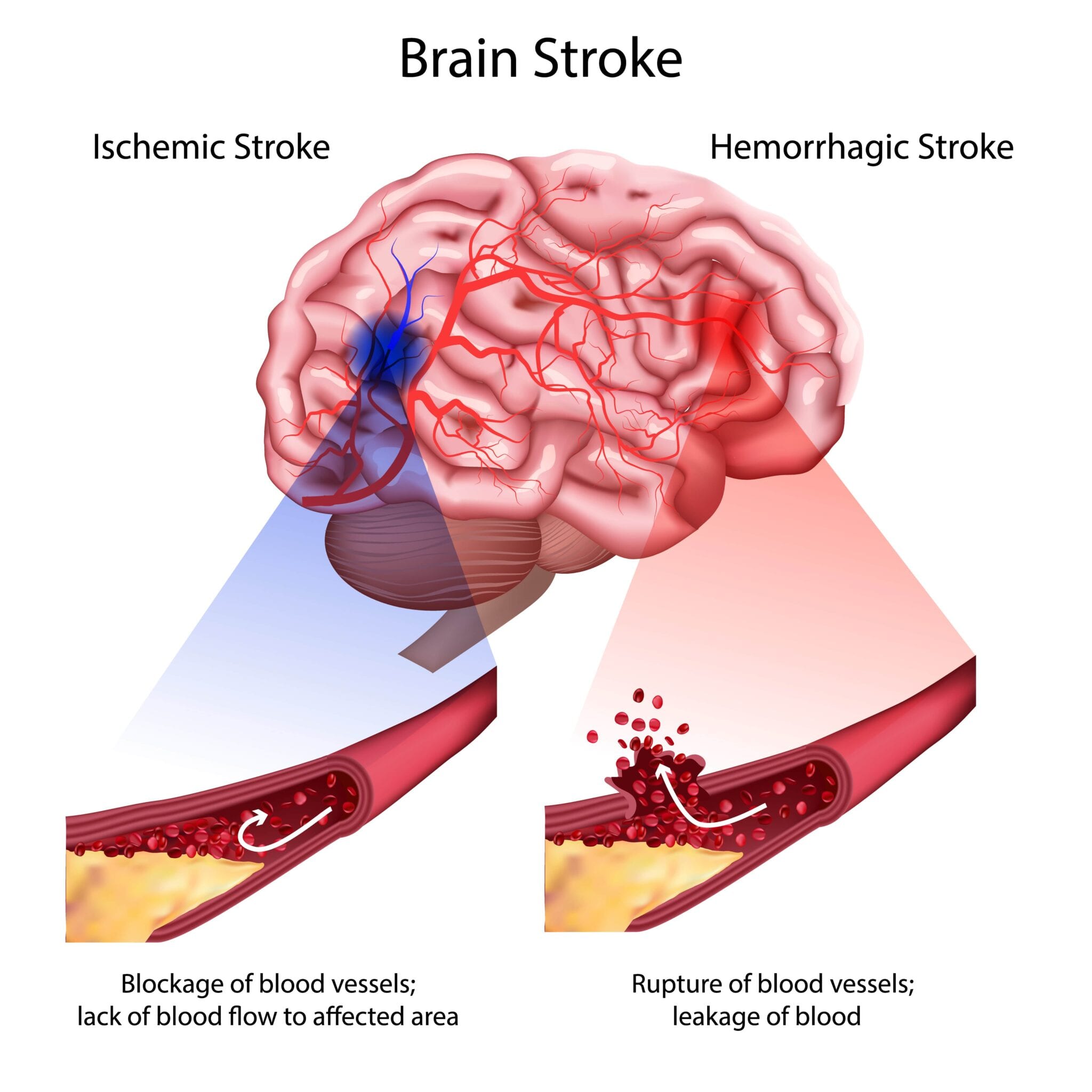

The tests can help determine what caused the TIA. You may have tests such as a magnetic resonance imaging (MRI) scan or a computerized tomography (CT) scan. Since the symptoms of TIA and stroke are the same, it's important to seek medical attention. Symptoms of TIA usually last only a few minutes.

You can further customize the stroke by adjusting other properties in the Stroke settings, such as opacity, blending mode, and alignment.Release the pickwhip, and the Stroke Color property should now be linked to the gradient color.Click on the pickwhip icon next to the Color property and drag it to the “Start Color” property of the Gradient Ramp effect on the original text layer. In the timeline panel, expand the duplicated text layer to reveal the Stroke options.To link the stroke color to the gradient ramp, click on the stopwatch icon next to the Stroke Color property.You can also customize the color if needed. In the Stroke settings, adjust the Size to determine the thickness of the stroke.With the duplicated text layer selected, go to “Layer” > “Layer Styles” > “Stroke.”.Now, duplicate the text layer by selecting it and pressing “Ctrl/Command + D.” This duplicate layer will be used for the stroke effect.Adjust the Start and End colors to create the desired gradient for your stroke. In the Effects Control panel, you will find the Gradient Ramp settings.Search for the “Gradient Ramp” effect and apply it to the text layer. With the text layer selected, navigate to the “Effects & Presets” panel.Select the text layer in the timeline panel and go to the “Character” panel to customize the text’s font, size, and other attributes.


Create a new text layer by going to “Layer” > “New” > “Text.” Type in your desired text.Create a new composition by going to “Composition” > “New Composition.” Set the desired dimensions and duration for your composition.To create a gradient stroke with a text layer in After Effects, you can follow these steps: How to Make Gradient Stroke with Text Layer in After Effects


 0 kommentar(er)
0 kommentar(er)
